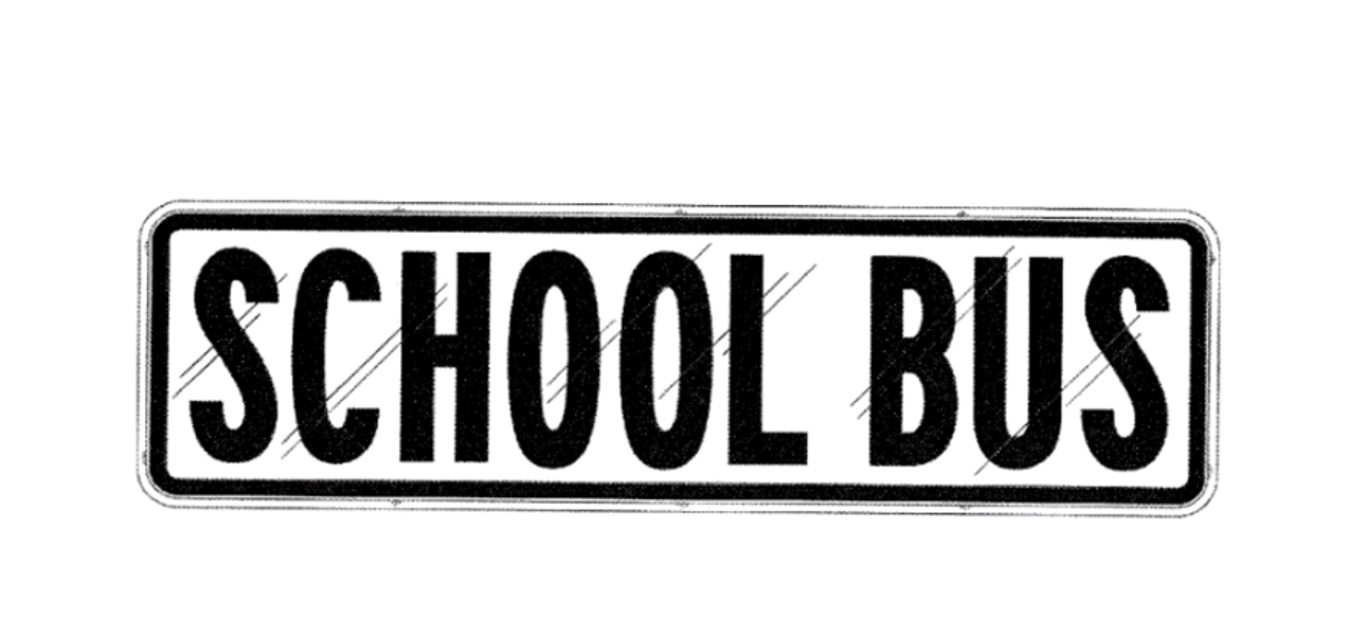
"Recent cases involving design patents on appeal to the U.S. Court of Appeals for the Federal Circuit (CAFC) highlight significant developments and issues. There have been five decisions in 2025 and several more are anticipated. They address infringement, invalidity, estoppel, priority and Section 337's Domestic Industry requirement. There is also developing jurisprudence on prior art for design patent infringement, as well as questions such as when are two designs plainly dissimilar, making their way through the courts."
"The CAFC was busy with design patents in 2024, deciding on rehearing, abandoning its longstanding Rosen-Durling obviousness jurisprudence as overly rigid. But in 2025, the court went back to school, and is poised to decide several more cases, including evaluating the sign design patent illustrated right in Smartrend Mfg. v. Optilux and whether to grant another request for rehearing, this time on infringement and the importance of the prior art as a frame of reference."
Divergent infringement outcomes across closely related design patent cases have made infringement assessment, valuation, and settlement negotiations more difficult. Five CAFC decisions in 2025 and additional appeals address infringement, invalidity, estoppel, priority, and Section 337's Domestic Industry requirement. Jurisprudence is developing on prior art as a frame of reference for design patent infringement and on standards for when two designs are plainly dissimilar. The CAFC abandoned the rigid Rosen-Durling obviousness framework in 2024 and is now reconsidering rehearing requests and evaluating cases such as Smartrend Mfg. v. Optilux. Lashify clarified that domestic industry need not exclude sales, marketing, warehousing, or require domestic manufacturing.
Read at IPWatchdog.com | Patents & Intellectual Property Law
Unable to calculate read time
Collection
[
|
...
]